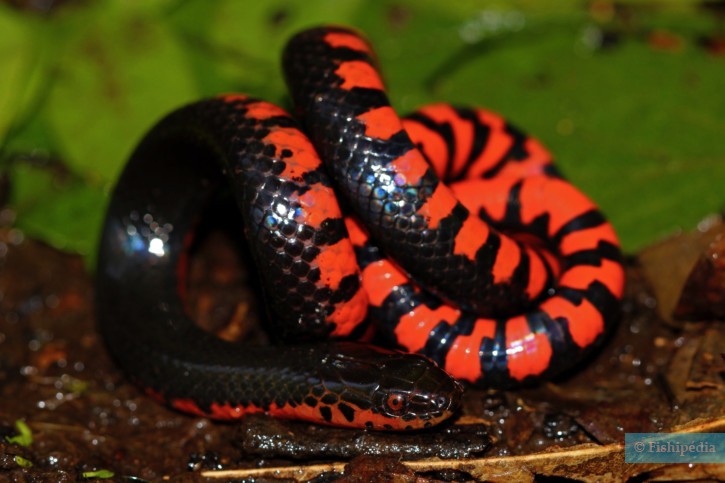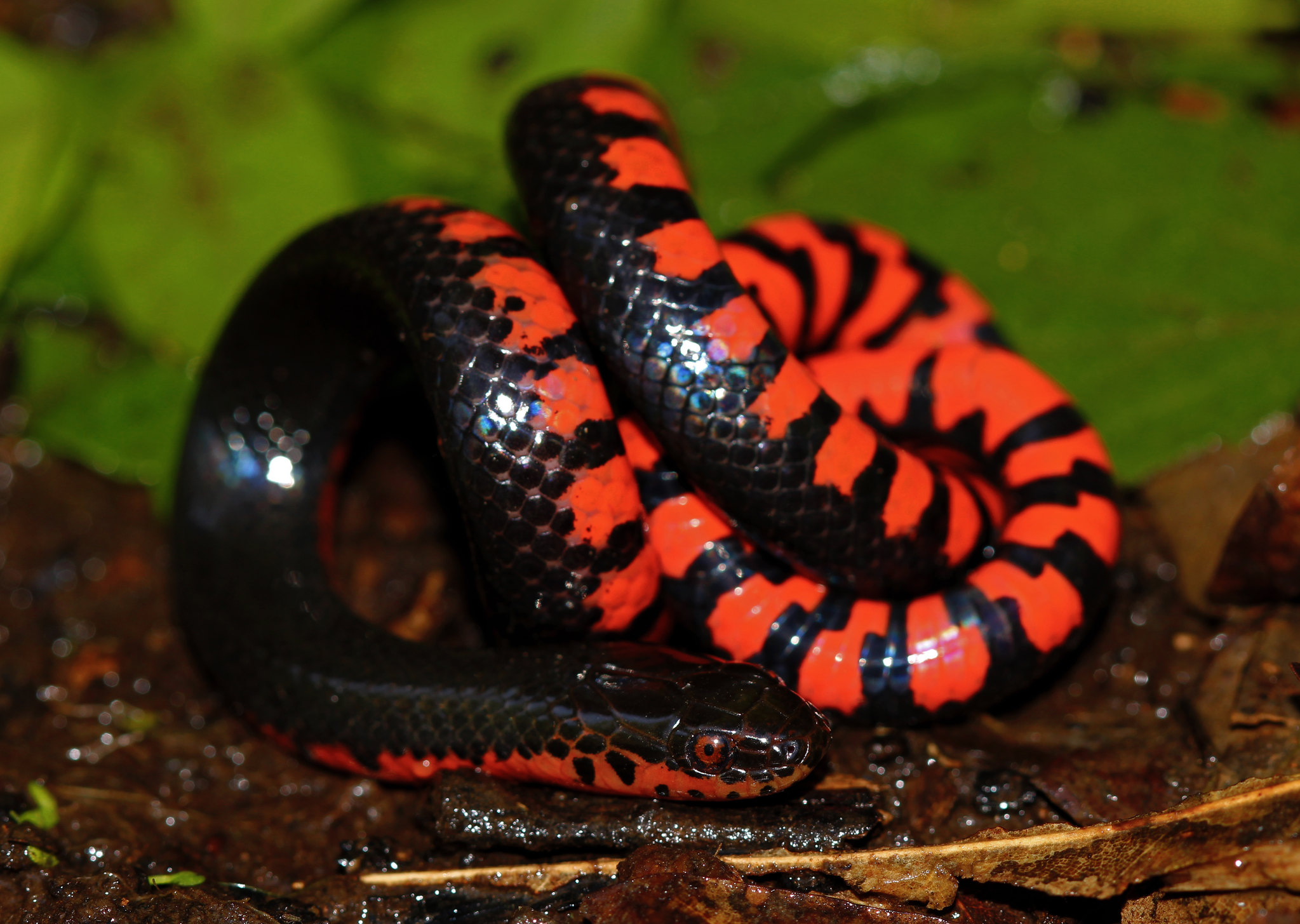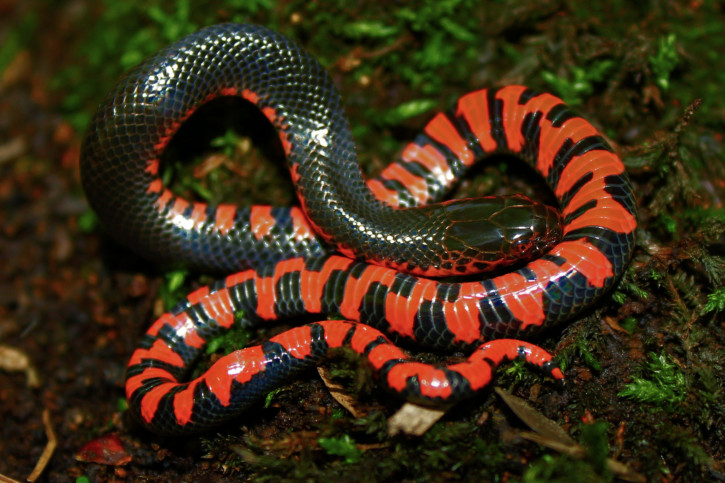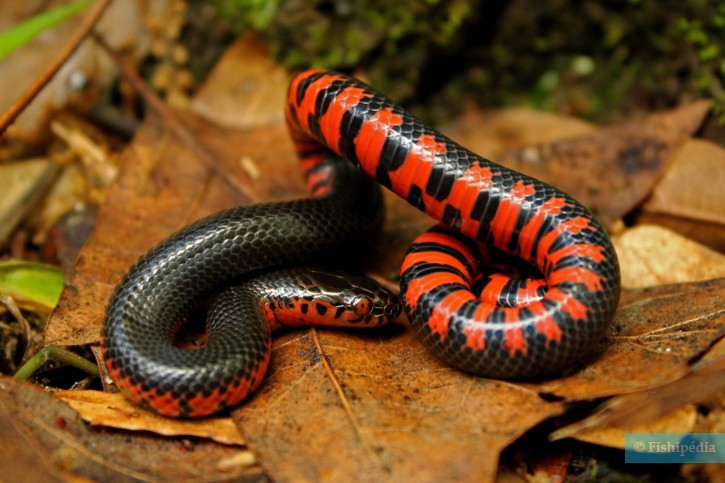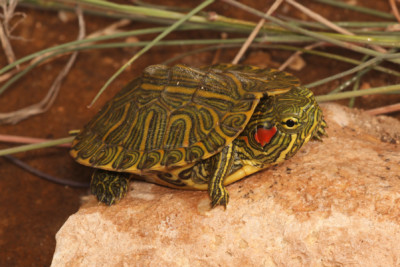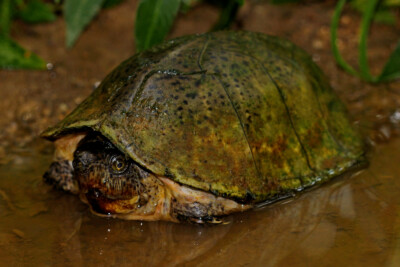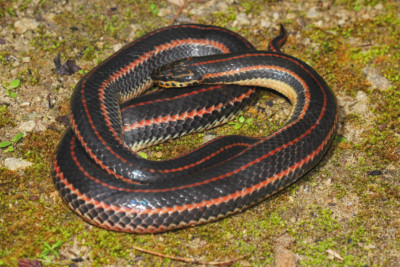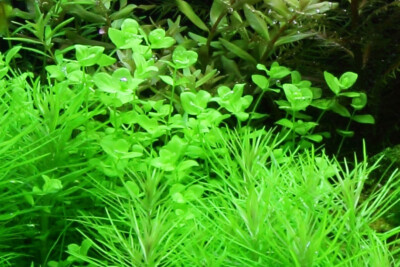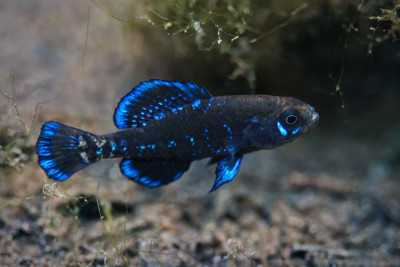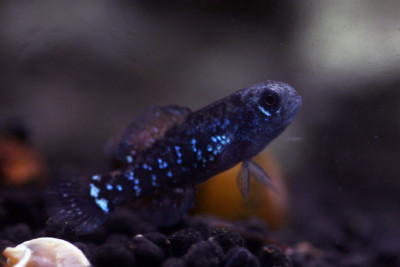Introduction
Farancia abacura, commonly known as red-bellied mudsnake, is a fresh water and brackish water reptile from the North America.
This sheet is currently being prepared. The texts currently proposed come from our data model or are being drafted. To request priority for this content, you can write to us HERE.
Who is it?
Morphology
-
Type
-
Size90 - 120 cm
-
Longevity19 year
-
Type
-
Size90 - 120 cm
-
Longevity19 year
How to recognize This reptile ?
The red-bellied mudsnake measures around 90 cm. The dominant males can however reach 120 cm. This reptile is bicolore with a predominantly rouge and noir body.
Sexual dimorphism
The adult male is bigger than the female.
Behaviour & Life cycle
-
Sociabilitysolitary
-
Way of livingnocturnal
-
VenomousNo
-
Dietpredator
The red-bellied mudsnake is a reptile solitary naturally found in the vegetation. This species is carnivorous . This reptile lives mainly at night. Usually, it leaves its hiding place and starts to be active once it gets dark.
n general, this species does not care much about other animals crossing its path. In a constant quest for dominance, the dominant males of this species cannot stand each other. The battle between two individuals can be intense and violent. It will result in the submission and sometimes even death of one of the protagonists.
Reproduction
-
Reproductionovipare qui pond sur substrat caché
-
PolygamyYes
-
Clutch size6 - 100 eggs
The red-bellied mudsnake is a reptile ovipare qui pond sur substrat caché. In this species, the dominant males are polygamous and reproduce each season with several females. This reptile protects its eggs from nearby predators.
Harmless species
This species does not represent any particular threats to humans when encountered in its natural environment.
Origin and distribution
Conservation status of populations (IUCN)
What is its habitat?
Natural environment characteristics
-
Temperature16 - 30 °C
-
FlowStagnant
Biotope presentation
The acidification of water comes from the decomposition of plants. This phenomenon changes the color of the water, which tends to turn brown. In some areas particularly rich in organic matter, the water is so dark that it is called "black water".
The red-bellied mudsnake is most often found at a depth between 0m and 1m. However, it is not impossible to find this species at other depths. This animal evolves in areas characterized by a strong presence of vegetation (aquatic and marsh plants, decaying organic matter, roots...).
This species lives near large roots, in which it can find refuge in case of danger. This type of habitat is often found not far from the banks.
Species of the same biotope
To go further
Sources & Contributions
Participation & Validation
The Fishipedia team and specialist contributors are committed to providing high-quality content. However, although the information comes from scientific sources or testimonials from specialists, the cards may contain inaccuracies.
Translation
Translation done with the valuable contribution of our translators, who make this information available to a wider audience. We sincerely thank them for their commitment.
Scientific partners
Species of the same biotope
